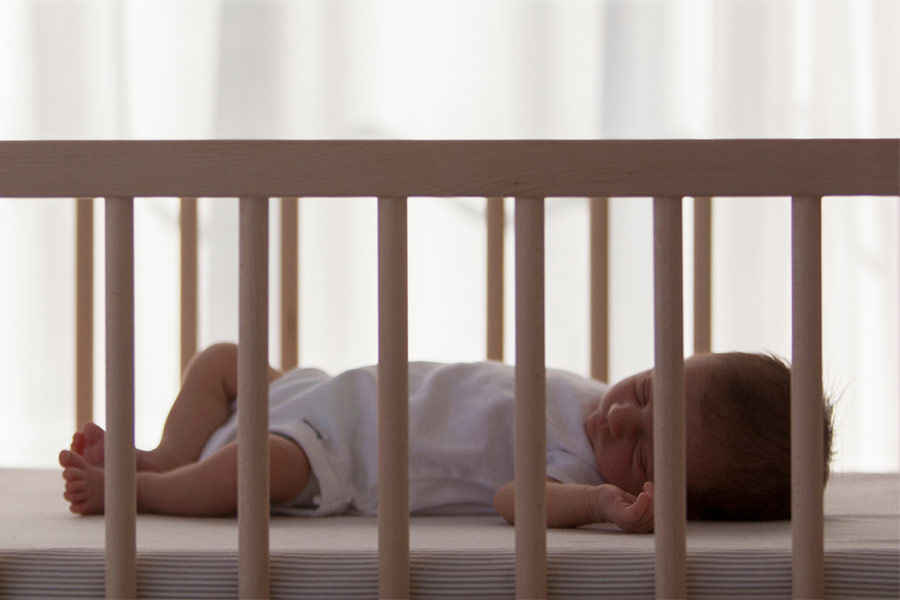A Sleep Consultant’s Guide to Using Air Conditioning at Night in Your Baby’s Room

As the temperatures rise during the summer months, it’s important to find ways to keep your baby cool and comfortable for a good night’s sleep. One effective solution is using air conditioning in your baby’s room. However, it’s crucial to use it wisely to ensure optimal sleep conditions. In this blog post, I will provide you with practical tips and guidelines on how to use air conditioning at night in your baby’s room while prioritizing their sleep needs.
- Set the Right Temperature: Maintaining an appropriate temperature in your baby’s room is key to their comfort and sleep quality. The ideal temperature range is between 68°F and 72°F (20°C and 22°C). This range helps promote a comfortable sleep environment without being too cold or too warm for your little one. Use the air conditioning unit to maintain a consistent temperature within this range.
- Consider a Timer or Programmable Thermostat: To ensure your baby’s room remains at a comfortable temperature throughout the night, consider using a timer or programmable thermostat for your air conditioning unit. Set it to start cooling the room before bedtime, so it’s at the desired temperature when you put your baby down to sleep. This way, you can avoid fluctuations in temperature and create a consistent sleep environment.
- Keep Air Flow in Mind: Proper air circulation is important to prevent stagnant air and maintain a fresh environment. Avoid directing the airflow from the air conditioning unit directly towards your baby’s crib. Instead, position the unit to allow for gentle air circulation in the room without creating a draft or causing discomfort. This can be achieved by placing the unit away from the crib or using a fan to distribute the cool air evenly.
- Dress Your Baby Appropriately: When using air conditioning, it’s important to dress your baby in suitable sleepwear to ensure they’re neither too hot nor too cold. Choose lightweight and breathable fabrics that allow for proper airflow and moisture absorption. Keep in mind that overheating can be a risk factor for Sudden Infant Death Syndrome (SIDS), so it’s essential to dress your baby appropriately for the room’s temperature.
- Monitor Humidity Levels: In addition to temperature, monitoring humidity levels in your baby’s room is crucial. Excess humidity can lead to discomfort and disrupt sleep. Aim for a humidity level between 40% and 50% for optimal sleep conditions. Use a humidifier or dehumidifier if necessary to maintain a healthy level of moisture in the air.
- Observe Your Baby’s Cues: Every baby is unique, and their sleep preferences may vary. Pay attention to your baby’s cues and adjust the air conditioning settings accordingly. Signs of discomfort such as excessive sweating, flushed skin, or shivering may indicate that the room temperature needs to be adjusted. Observe your baby’s behavior and make necessary changes to create a sleep-friendly environment.
To wrap up, using air conditioning at night in your baby’s room can be a wonderful tool to keep them cool and comfortable during hot summer nights. By setting the right temperature, ensuring proper air circulation, and monitoring humidity levels, you can create an ideal sleep environment for your little one.
Still have doubts? Send me an email to schedule a mini consult! I’ll be happy to help you find the perfect solution for your little one!
– Sara




